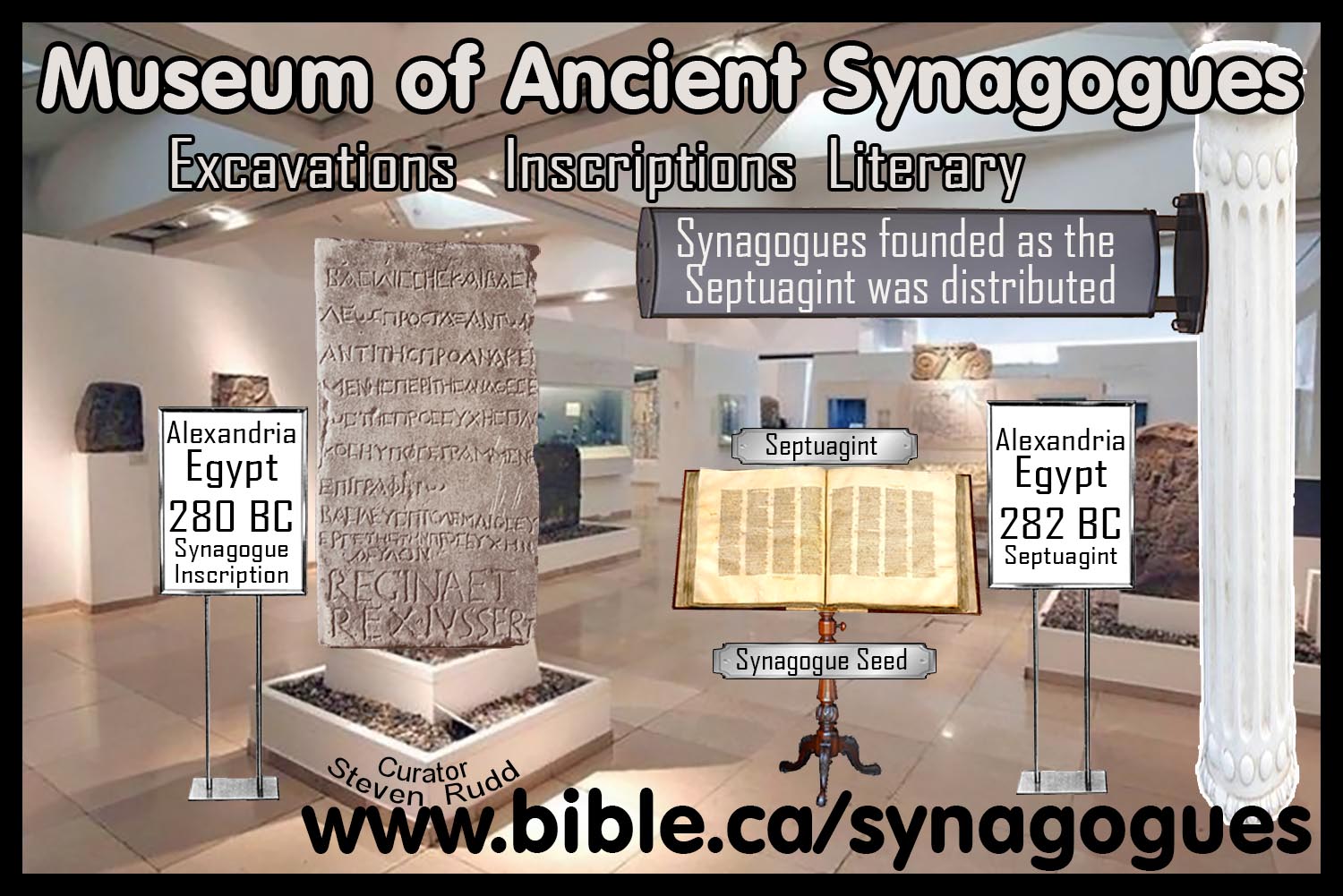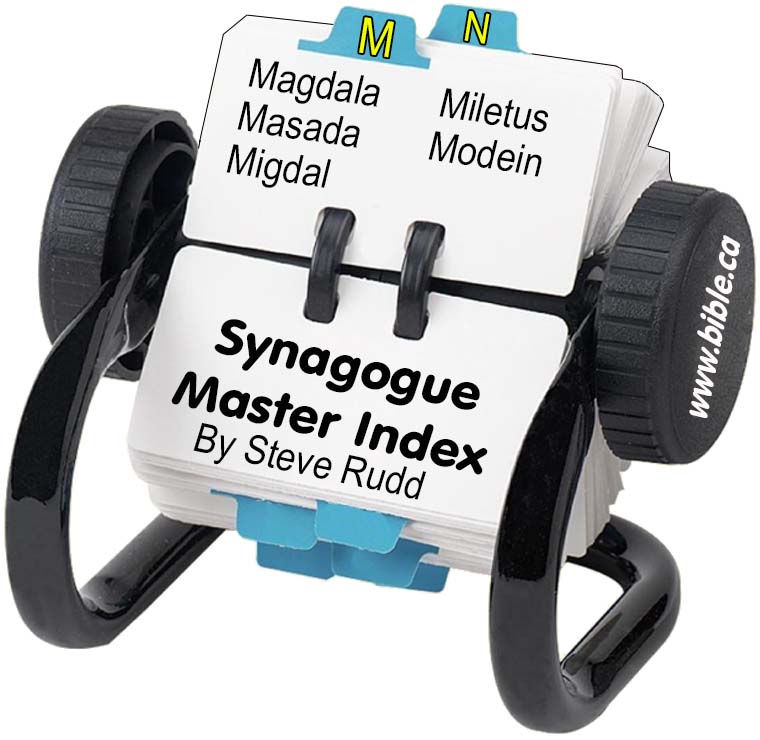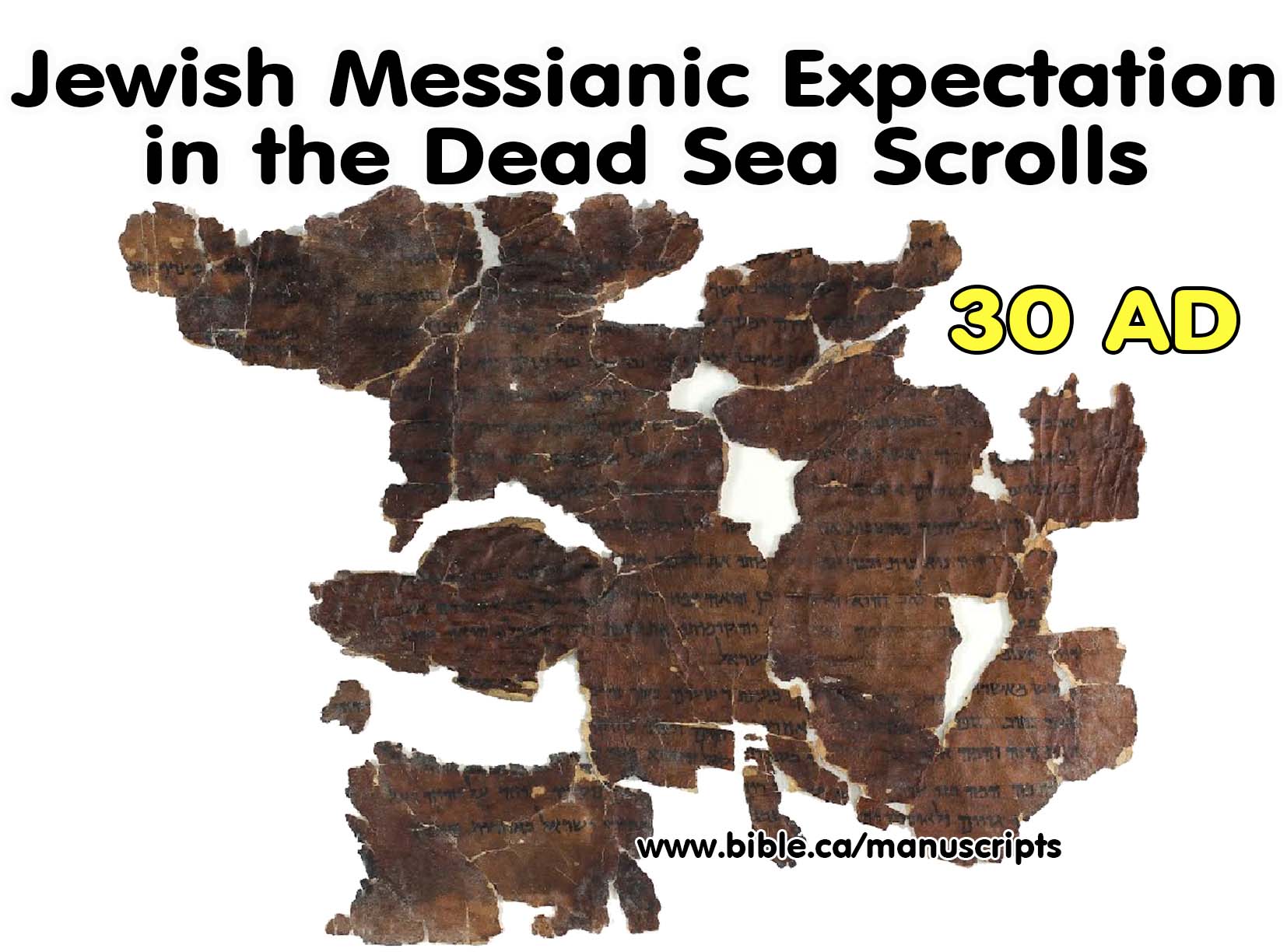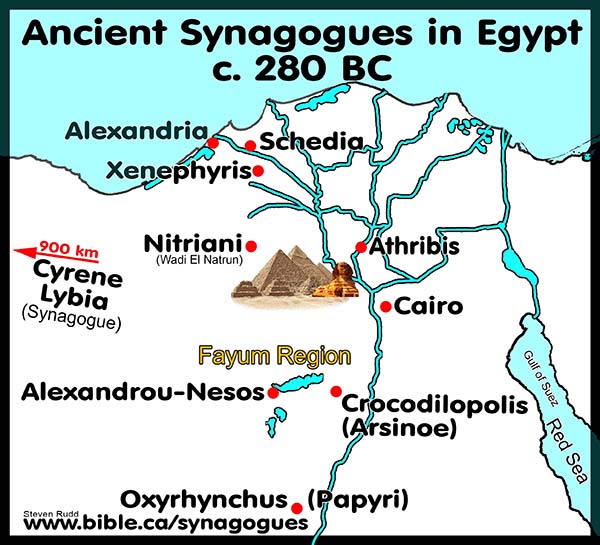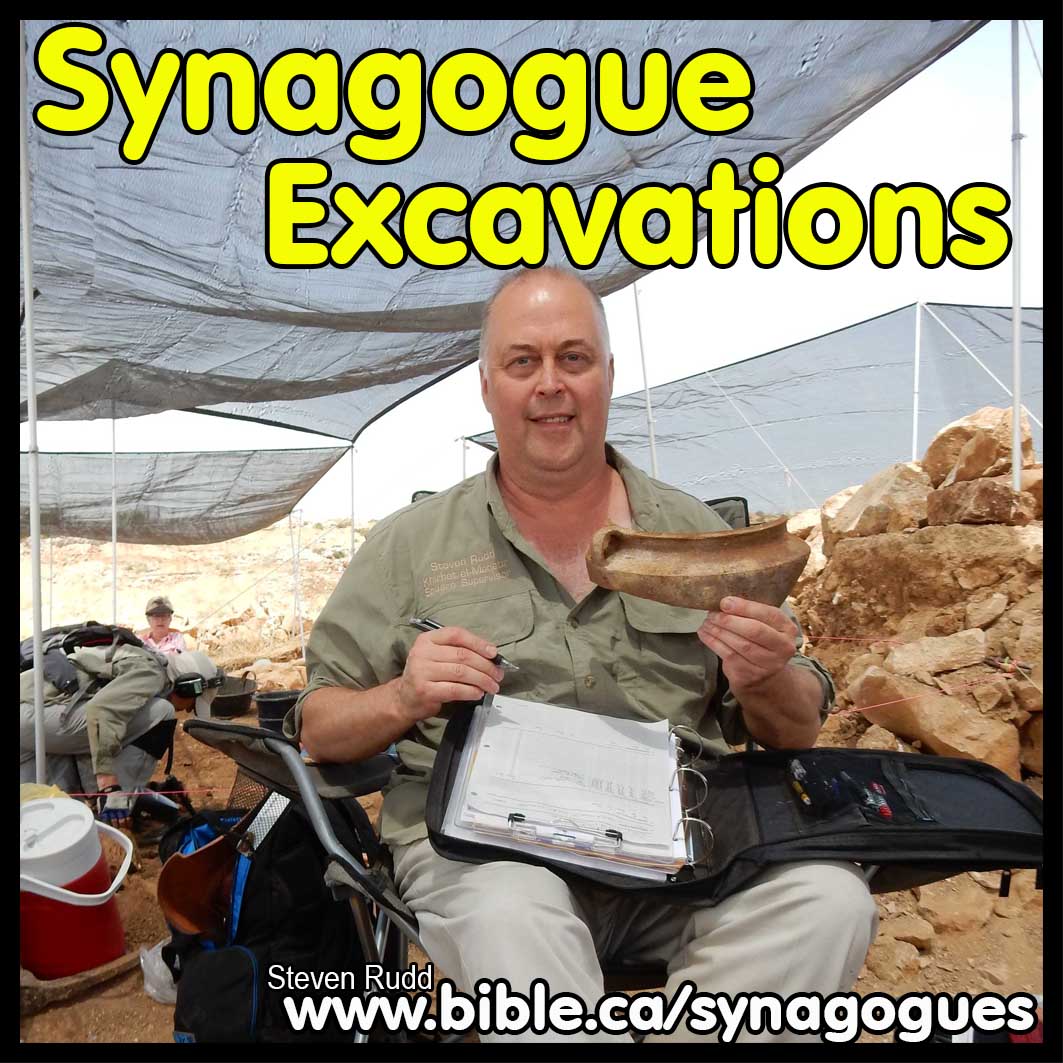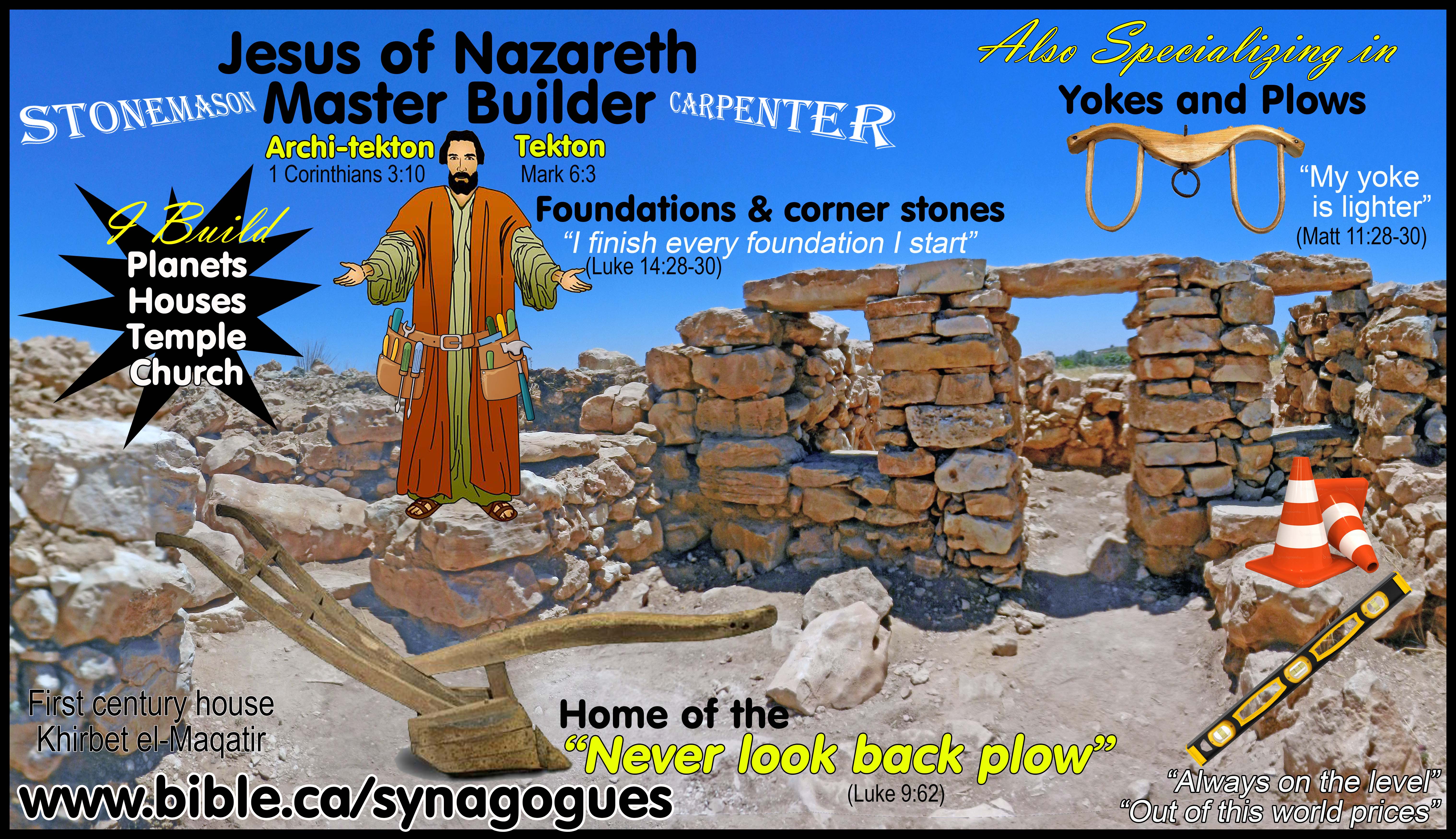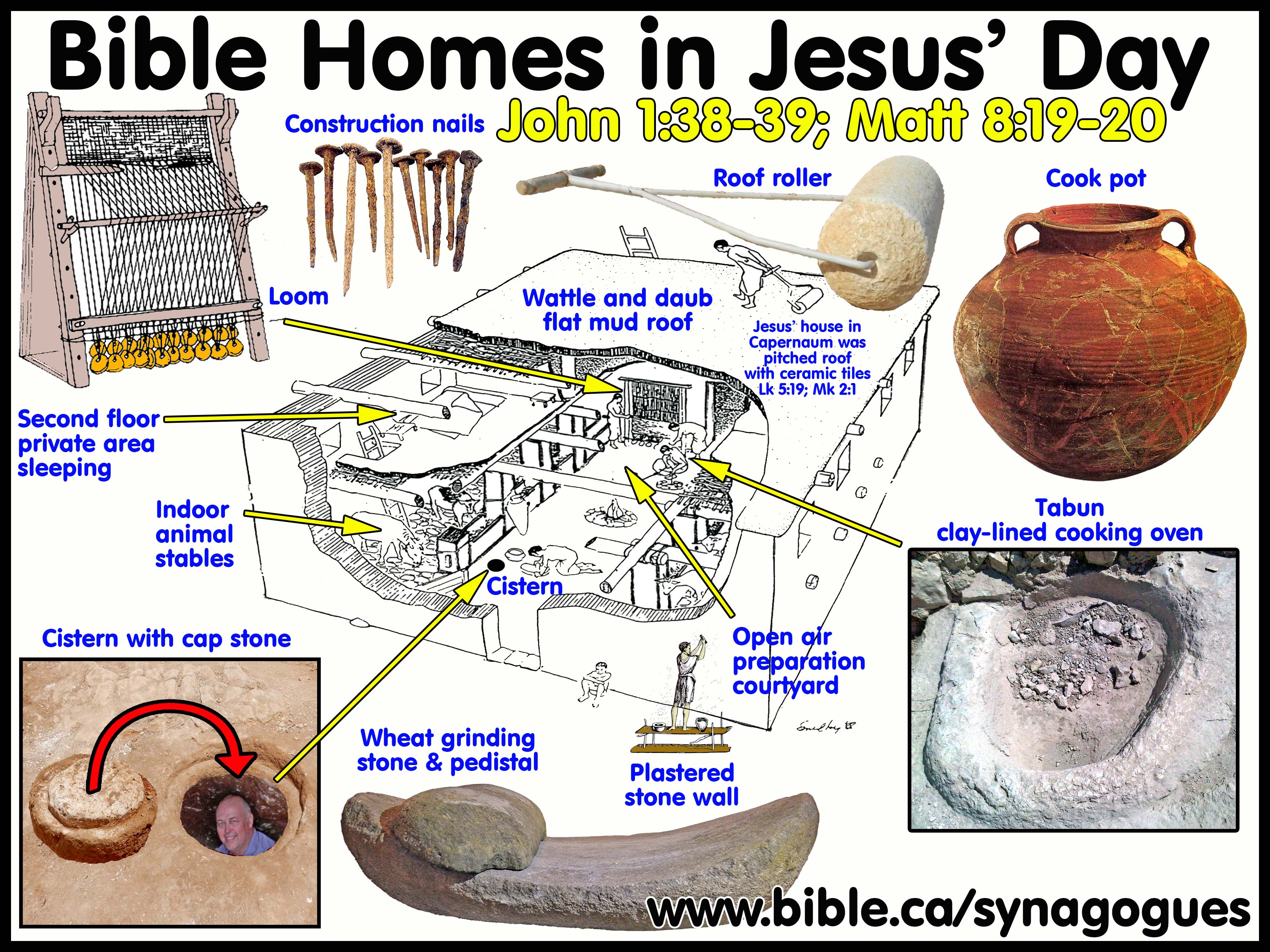Qum’ran Synagogue
Home of the Dead Sea Scrolls
1. History of Qumran:
a. “Qumran first came to life in the Late Iron II period, probably as an military outpost of the Judean monarchy. The site’s deepest and sole round cistern dates to that era. After centuries of abandonment, the site was re-built during the Hellenistic period. While the extent of the earliest renewal of occupation remains unclear, major construction totally re-shaped the site beginning about the time of John Hyrcanus, ca. 135 bce. Archaeological data correlate with the literary data on the group’s history. The withdrawal to Qumran was led by the Teacher of Righteousness within a generation or so of the founding of the sect.” (Origin and Early History of the Qumran Sect, Lawrence H. Schiffman, Biblical Archaeologist: Volume 58, 2001 AD)
2. No synagogue building has been definitively identified at Qumran.
a. Room 4, 77 or 30 seem the best candidates.
b. At Quran, they ate their meals in total silence.
3. Some believe that Qumran had no synagogue:
a. “Could there have been a conscious aversion to imitating what was being done in contemporary synagogues—yet another expression of the Qumran sect's desire to maintain biblical precedents while rejecting models that had evolved within the Jewish community in the post-biblical era? Alternatively, did the ongoing practice of study within the Qumran community render such public readings superfluous? Interestingly, it appears that another breakaway group of the Second Temple period, the Samaritans, did not include the reading of Scriptures as part of its communal ritual at this stage either. They, too, may have tried to remain within biblical parameters as much as possible or, alternatively, distance themselves from current Jewish practice.” (The Ancient Synagogue, Lee Levine, p64, 1999 AD)
4. Yet, there is this possible reference to a synagogue in one of the Dead Sea Scrolls:
a. “it is written: [Prov 15:8] the sacrifice of the wicked ones is an abomination, but the prayer of the just ones is like an agreeable offering. Blank And everyone who enters a house of prostration [ie prayer] should not enter with impurity requiring washing [Mikveh]; and when the trumpets of the assembly sound, he may advance or retreat, but they should not stop the whole service, [f]or it is a holy house. Blank No-one should sleep with a woman in the city of the temple, defiling the city of the temple with their impurity. Every /man/ over whom the spirits of Belial dominate” (Dead Sea Scrolls, 4Q270, 4Q271; Damascus Texts, Cave CD 11:20-12:2)
5. Room 77 is the best candidate for a synagogue
a. “Qumran: Qumran Room 77 is proposed by Levine (2000a:60-63; 2000b:905) as a place that combined dining and worship activities and thus might have served as a place of worship, i.e. a synagogue. Locus 4 with the benches and Locus 30 (the scriptorium) are also associated with assemblies, gatherings, and learning. Prayers, psalms, and hymns found among the Dead Sea Scrolls indicate that worship was an integral part of the Qumran residents' life; in the Damascus Document (CD xi.21—xii.1) rya rninnwn, a 'house of prostration', is mentioned. In addition, references to an Essene synagogue are found in Philo's writings. ” (Ancient Synagogues - Archaeology and Art: New Discoveries and Current Research, Rachel Hachlili, p37, 2013 AD)
b. “The fact that the pantry with a full array of dishes and bowls was located adjacent to room 77 supports this identification. The only other option for locating this gathering at Qumran in room 4, which was lined with benches, or room 30 next to it. However, room 4 is very small, thus precluding its use by the entire sect on a daily basis. Room 30 is immediately under the scriptorium and was probably used in connection with the preparation of scrolls.” (The Ancient Synagogue, Lee Levine, footnote 85, p65, 1999 AD)
6. Messianic Expectation in the First century as witnessed in the Dead Sea Scrolls:
a. Ancient papyrus documents found at Qum’ran quote Deut 18:18 in expectation of the Messiah.
b. The honest, spiritual “cream of the first century crop” converted to Christianity because of the crucifixion and resurrection of Christ.
c. Large numbers of Jews and Gentiles converted to Christianity in the first century because of the supernatural miracles of healings that were taking place at the hands of the Apostles of Jesus.
d.
See full outline on FIRST
CENTURY JEWISH MESSIANIC EXPECTATION
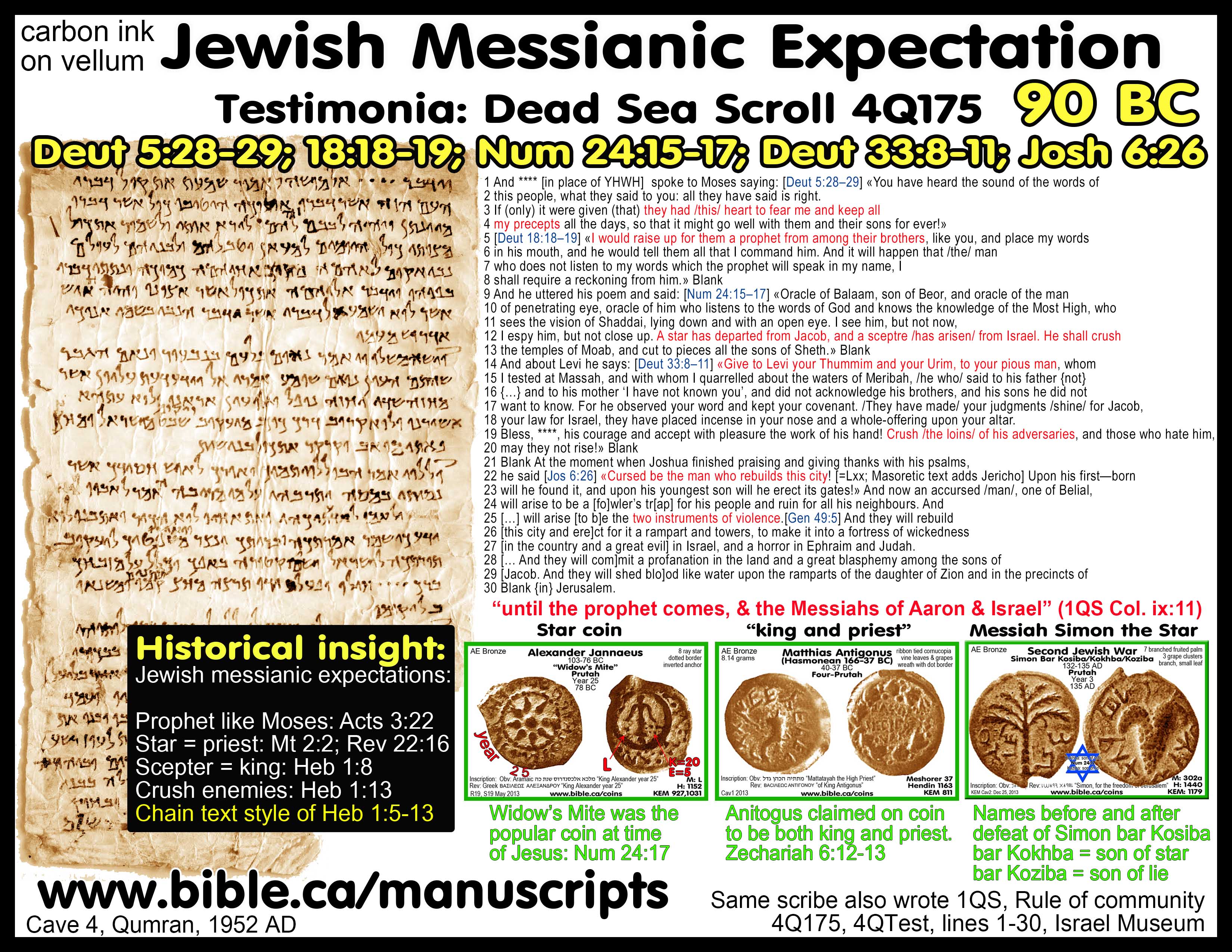
By Steve Rudd 2017: Contact the author for comments, input or corrections
|
Jesus your messiah is waiting for you to come home! |
|
|
Why not worship with a first century New Testament church near you, that has the same look and feel as the Jewish Synagogue in your own home town. As a Jew, you will find the transition as easy today as it was for the tens of thousands of your forefathers living in Jerusalem 2000 years ago when they believed in Jesus the Nazarene (the branch) as their messiah. It’s time to come home! |
|
By Steve Rudd: Contact the author for comments, input or corrections.
Go to: Main Ancient Synagogue Start Page

